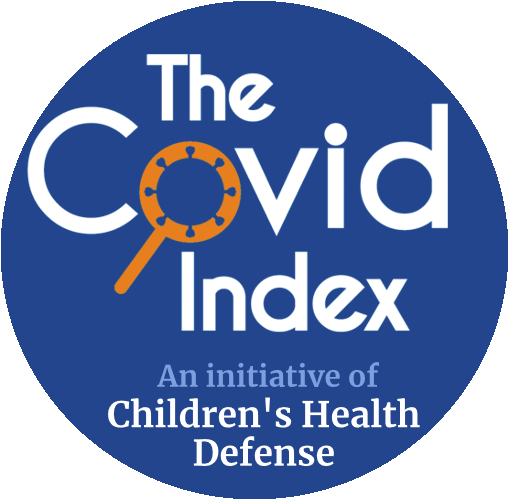"Highlights
- Lipid nanoparticles (LNPs) used for preclinical studies are highly inflammatory
- The LNPs activate multiple inflammatory pathways and induce IL-1β and IL-6
- The LNPs' inflammatory properties stem from their ionizable lipid component
- The LNPs could be responsible for adjuvanticity and some of the side effects
Summary: Vaccines based on mRNA-containing lipid nanoparticles (LNPs) are a promising new platform used by two leading vaccines against COVID-19. Clinical trials and ongoing vaccinations present with varying degrees of protection levels and side effects. However, the drivers of the reported side effects remain poorly defined. Here we present evidence that Acuitas' LNPs used in preclinical nucleoside-modified mRNA vaccine studies are highly inflammatory in mice. Intradermal and intramuscular injection of these LNPs led to rapid and robust inflammatory responses, characterized by massive neutrophil infiltration, activation of diverse inflammatory pathways, and production of various inflammatory cytokines and chemokines. The same dose of LNP delivered intranasally led to similar inflammatory responses in the lung and resulted in a high mortality rate, with mechanism unresolved. Thus, the mRNA-LNP platforms' potency in supporting the induction of adaptive immune responses and the observed side effects may stem from the LNPs' highly inflammatory nature…
Results: … With the experiments presented earlier, we observed a high mortality rate among the mice inoculated with LNPs. These findings prompted us to perform a dose-response experiment to determine the amounts of LNPs that might be safe to use for mucosal vaccination. We intranasally inoculated adult WT B6 mice with LNPs ranging from 2.5 μg to 10 μg/mouse and monitored their health and weight for up to 8 days. We found that ∼80% of mice treated with 10 μg of LNP died in less than 24 h (Figure 3D). The 5 μg dose killed ∼20% of the mice by that time, whereas all the 2.5 μg-treated mice survived and showed no weight drop (Figure 3D) and no significant clinical signs of distress (Figure 3E). For the 5 and 10 μg doses, the surviving mice showed notable clinical scores of distress, such as shaking/shivering, and they lost weight significantly during the first 2 days of treatment (Figures 3E and 3F). After the first ∼3 days, these mice did not continue to show significant clinical scores anymore, and their weight slowly started to normalize.”
© 2021 The Author(s).
This article is available under the Creative Commons CC-BY-NC-ND license and permits non-commercial use of the work as published, without adaptation or alteration provided the work is fully attributed.
